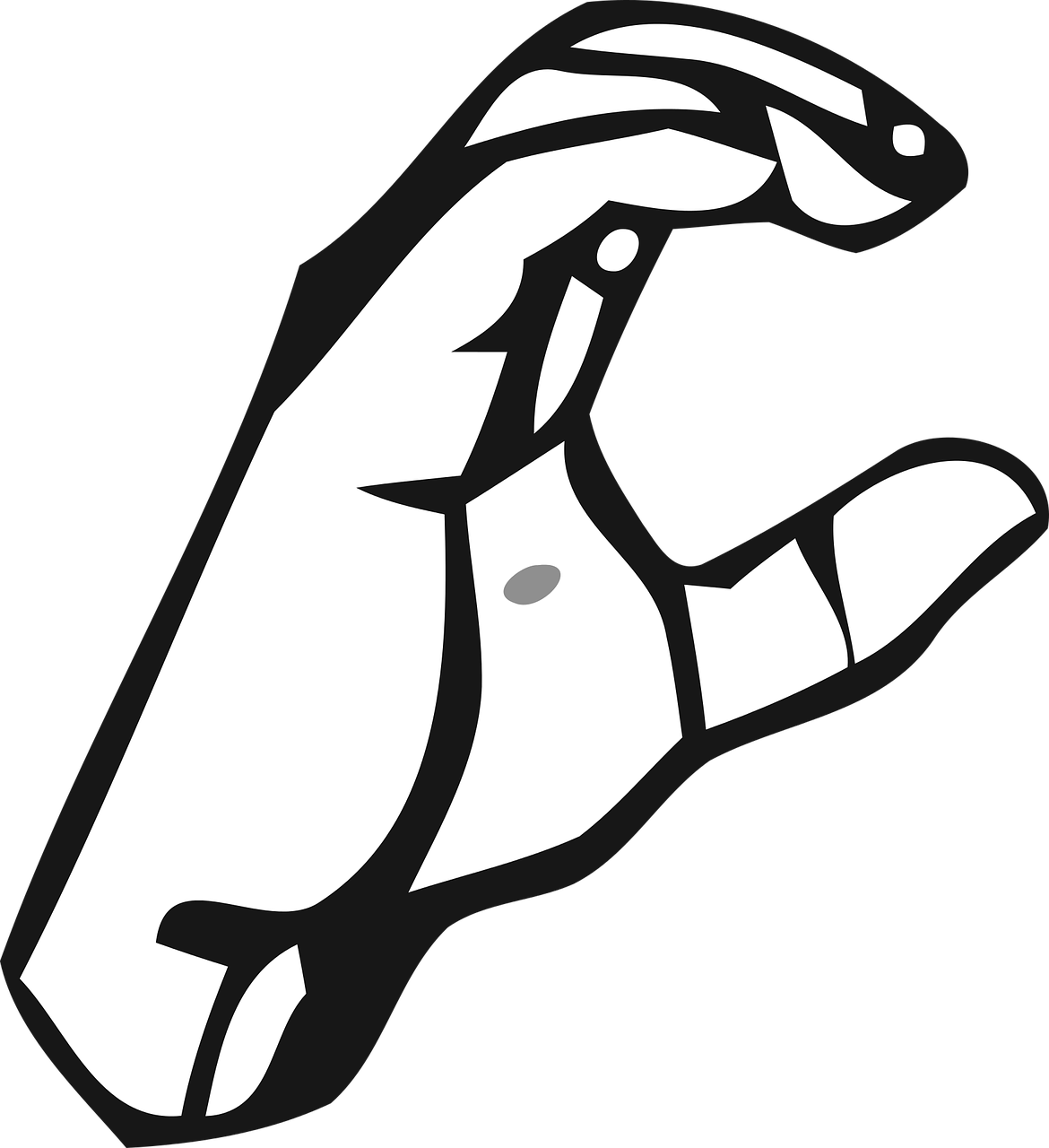Effective communication is crucial in any medical setting, but it’s especially important for those who rely on sign language interpretation to receive and provide medical care. Unfortunately, access to Sign Language Interpretation for Clinics remains a challenge. Such services are often limited, and it can be challenging for patients to find qualified interpreters.
When patients are unable to communicate effectively with their healthcare providers, it can lead to medical errors, misunderstandings, and inadequate access to care. These issues are especially prevalent in the deaf and hard-of-hearing population, where barriers to communication can have severe consequences.
Providing access to qualified sign language interpreters is essential to address these issues. These professionals can help bridge the communication gap between patients and providers, ensuring that crucial health information is conveyed accurately and effectively.
Sign language interpretation isn’t just about language fluency. An interpreter needs to understand, for example, both the unique needs of deaf and hard-of-hearing patients and the specific terminology used in healthcare. They must also be familiar with different modes of communication in sign language, including American Sign Language ASL, Signed English, and others.
Furthermore, successful sign language interpretation involves much more than providing a simple word-for-word translation. It requires knowledge of conversational and cultural norms that can affect communication. For example, there may be different signing conventions for various medical procedures or practices.
Clinics may shy away from providing sign language interpretation services because of the perceived costs associated with providing these services. However, the truth is that such services are required by law. The Americans with Disabilities Act ADA, prohibits discrimination against individuals based on their disabilities and mandates that reasonable accommodations be made to enable effective communication.
Clinics and other healthcare providers can seek out outside organizations that provide sign language interpretation services if the internal resources are unavailable. These organizations often offer cost-effective and flexible solutions for businesses that require these services.
Patients need to know that sign language interpretation services are available to them, either through their clinic or outside organizations. Informing them of such services should be a priority for healthcare providers, ensuring that no patient falls through the cracks.
Healthcare providers also need to be aware of the potential consequences of not having access to sign language interpretation services. Patients with hearing impairments may avoid seeking medical care entirely, leading to a variety of health complications. If someone does access medical service, the lack of proper communication could lead to inadequate diagnoses, delayed care, and the possibility of legal action against the provider.
Implementing Sign Language Interpretation for Clinics is necessary not only to comply with laws and regulations but also to provide the best possible care. Access to quality health care is a fundamental human right, and communication should not be a barrier.
Sign Language Interpretation for Clinics is critical in providing access to quality health care for deaf and hard-of-hearing people. Patients need to communicate effectively with their healthcare providers to receive the best possible care. Providing sign language interpretation should be a priority for clinics, and the external organization can support them to implement these services. By addressing communication barriers head-on, healthcare providers can take an important step in improving patient care and meeting their legal obligations.






